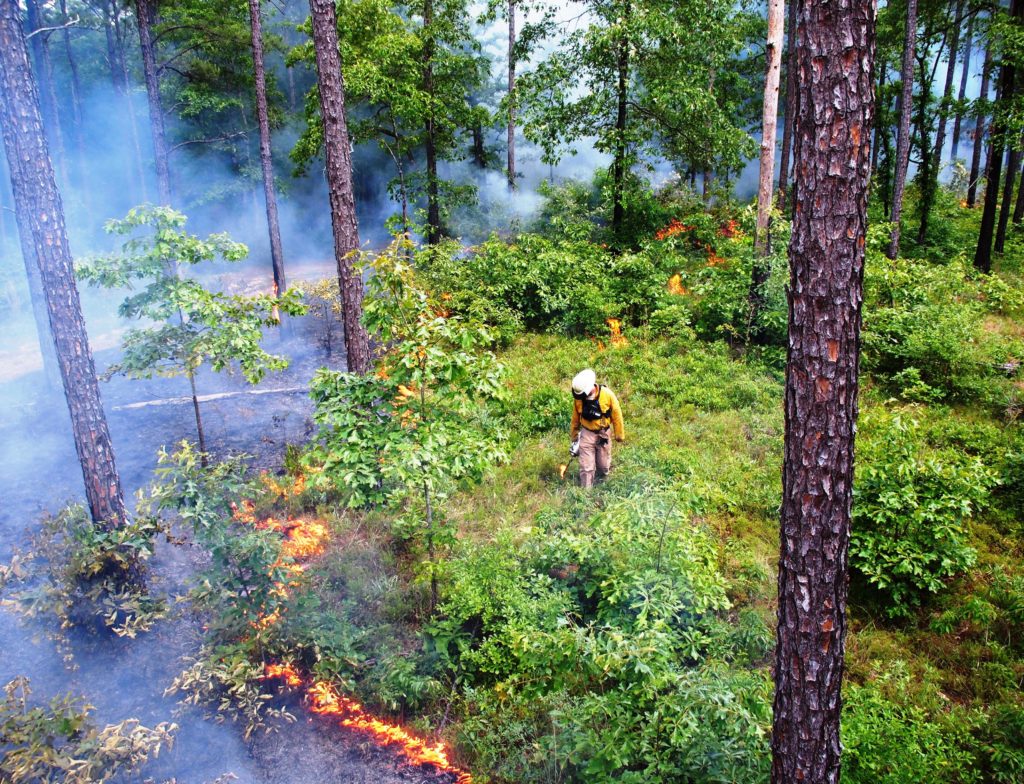
Back in the 1990s, longleaf pine knowledge was in danger of dying out. Many of the scientists who had dedicated their careers to studying longleaf were near the end of their lives. Fewer people than ever appreciated the “whispering pines” with forest floors bathed in dappled sunlight filtering through the high, open tree canopies.
Two professors at Auburn University — Rhett Johnson and Dean Gjerstad — knew many of these scientists and realized that, like a language only spoken by a handful of elders, longleaf expertise and appreciation were in danger of disappearing.
Johnson recalls: “We first looked at longleaf just as a tree, but then we realized what a unique and valuable ecosystem it was. Healthy longleaf forests have incredible biodiversity. They’re like living museums when you consider how little is left. After a few years of lonely longleaf research, we looked around and found that longleaf was still disappearing at a pretty rapid rate. But the people who were really knowledgeable about it were disappearing even faster.”
Longleaf pines had become a pale shadow of their former presence. Forests that covered 90 million acres of the southeastern United States a few hundred years ago had been reduced to less than 5 million acres — the rest cleared or degraded by logging, crop development, grazing, human development, fire suppression and feral hogs.
Johnson and Gjerstad decided it was time to take action.
Johnson says: “We had a couple of meetings in 1994 and we found more interest in longleaf restoration than we’d expected. But no one wanted to take the lead. We had to do it ourselves and on our own time. We both had day jobs, but it was very rewarding, especially in working with private landowners. It was like we were Johnny Appleseeds: We’d scatter like a covey of quail and go to four different states. And it wasn’t just about hunting or timber: Some landowners were just excited about restoring this historic, iconic landscape.”
As time went on, Johnson says, “Darned if it didn’t take off. We realized that we weren’t capable of managing growth and interest, and that we needed partners. And when the USDA Natural Resources Conservation Service (NRCS) started to support us at the Longleaf Alliance, it was a breakthrough.”

Eight Million Acres in Fifteen Years
According to Kyle Jones, the U.S. Forest Service’s regional longleaf pine restoration coordinator, in 2007 the Longleaf Alliance joined forces with more than 20 other organizations from federal and state agencies as well as the private sector. That partnership became ALRI — America’s Longleaf Restoration Initiative.
ALRI’s conservation plan, drafted in 2009, calls for an increase in longleaf-dominant forests to 8 million acres by 2025. It’s an ambitious goal, for several reasons. One is that so much of former longleaf habitat has been and continues to be cleared for agriculture and development. Another is that longleaf ecosystems depend on frequent, low-intensity fire, which is a difficult management prospect for forests near developed areas.
In addition, longleaf can be tricky to establish, and although the tree is highly valued for its strength and resistance to rot, fire, wind and insects, it can be difficult to convince timber companies of longleaf’s economic value relative to faster-growing trees such as slash or loblolly pine.
A Shared Vision, With Very Different Priorities
Many representatives of ALRI’s more than 30 members observe that it’s unusual to have partners with so many different agendas working toward the same goal. According to Jones, “It’s inspiring to go to a meeting and see a conservationist working closely with an executive from the timber industry.”
The Forest Service is an important partner in this effort, partly due to the fact that, of all ALRI partners, it manages the largest amount of historic longleaf property — more than 4 million acres, of which only about 850,000 remain intact as longleaf forests.
“There’s a huge opportunity for us to move the needle,” Jones says, “and we’re doing that with the Million Acre Challenge, which is an effort that we announced last year to add a million acres of longleaf stands on national forest land. By doing this, we’re hoping to cause a ripple effect with acreage commitments from other state and federal agencies.”
Working with Public and Private Landowners
As another part of this effort, the Forest Service and the NRCS work closely with state governments as well as private landowners to restore and manage for healthy longleaf forests. According to Kay Reed of the Forest Service’s Southern Region: “In the South, private landowners own most of the forest land. Some landowners already know about longleaf and they’re passionate about it, while others can benefit from learning more about the ecosystem and the assistance available under the Cooperative Forestry Assistance Act and through state forestry agencies.”
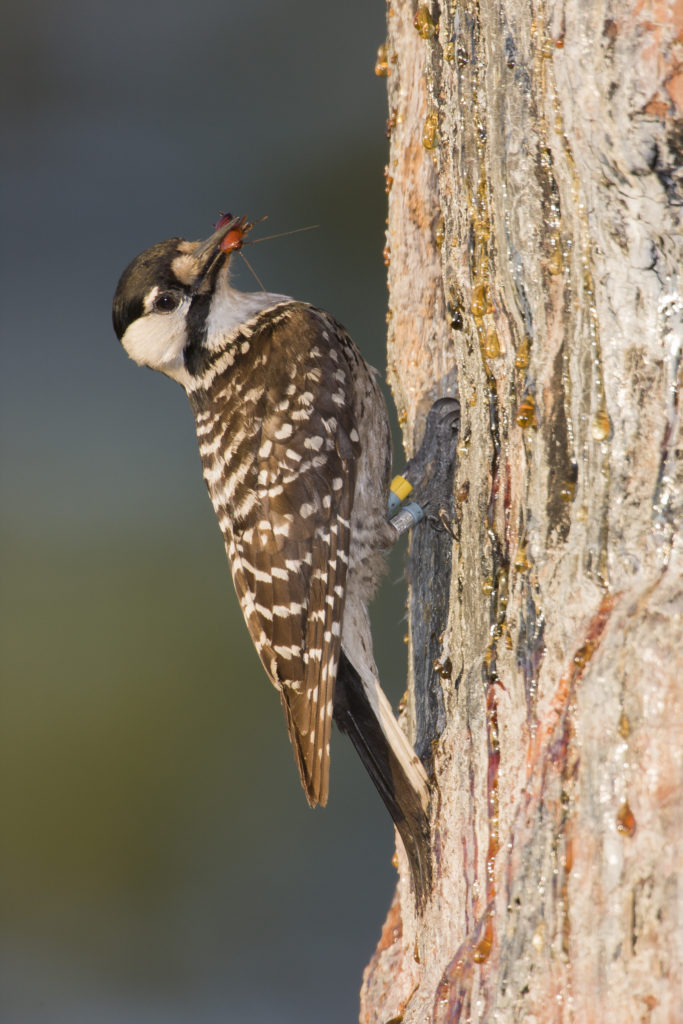
Jeffrey Vail of the Forest Service described efforts working with for-profit organizations and state forests such as Tate’s Hell State Forest in the Florida Panhandle. Once a swampy mix of cypress sloughs, wet prairies, wetlands and pine forests, Tate’s Hell was developed as a commercial forest in the 1960s and 1970s, with drainage ditches and roads that altered the area’s hydrology and damaged habitat for rare species such as Florida black bears, red-cockaded woodpeckers, Chapman’s butterwort and small-flowered meadow beauties.
In the early 1990s, the state began purchasing the land to protect Apalachicola Bay. Since then, the Florida Forest Service has prescriptively burned most of the pinelands, re-established the native longleaf pine over a major portion of the forest, and worked to restore large areas of grassy savannahs.
“If you go there today,” Vail says, “you can see the efforts made to restore longleaf habitat and remove other species while restoring fire to the ecosystem.”
Employing a Powerful Conservation Tool
On the federal level, there’s another key partner with a very specific focus: the U.S. Fish and Wildlife Service. According to Aaron Valenta, chief of the Fish and Wildlife Service’s Division of Restoration and Recovery, “Our primary interest in longleaf restoration is that it’s an ecosystem that holds a whole suite of species, including many that depend on that ecosystem for survival.”
In fact, according to the Fish and Wildlife Service, longleaf forests are associated with 29 species on federal threatened or endangered lists.
The Fish and Wildlife Service has a powerful tool in the restoration process. It’s called a safe harbor agreement, and it’s a voluntary agreement between the agency and non-federal property owners.
According to Valenta: “The lumber industry in the Southeast was facing a potential crisis related to red-cockaded woodpeckers, which are closely reliant on longleaf pine forests that are maintained as an open forest canopy and that burn every few years. Those companies were worried that the Endangered Species Act would prevent them from harvesting their land. We went to landowners and proposed an agreement: ‘If you manage the land in a way that we both find acceptable and a red-cockaded woodpecker moves onto your land, you’ll have no liability under the Endangered Species Act.’ Once they had the legal right to not worry, red-cockaded woodpeckers became a non-issue.”
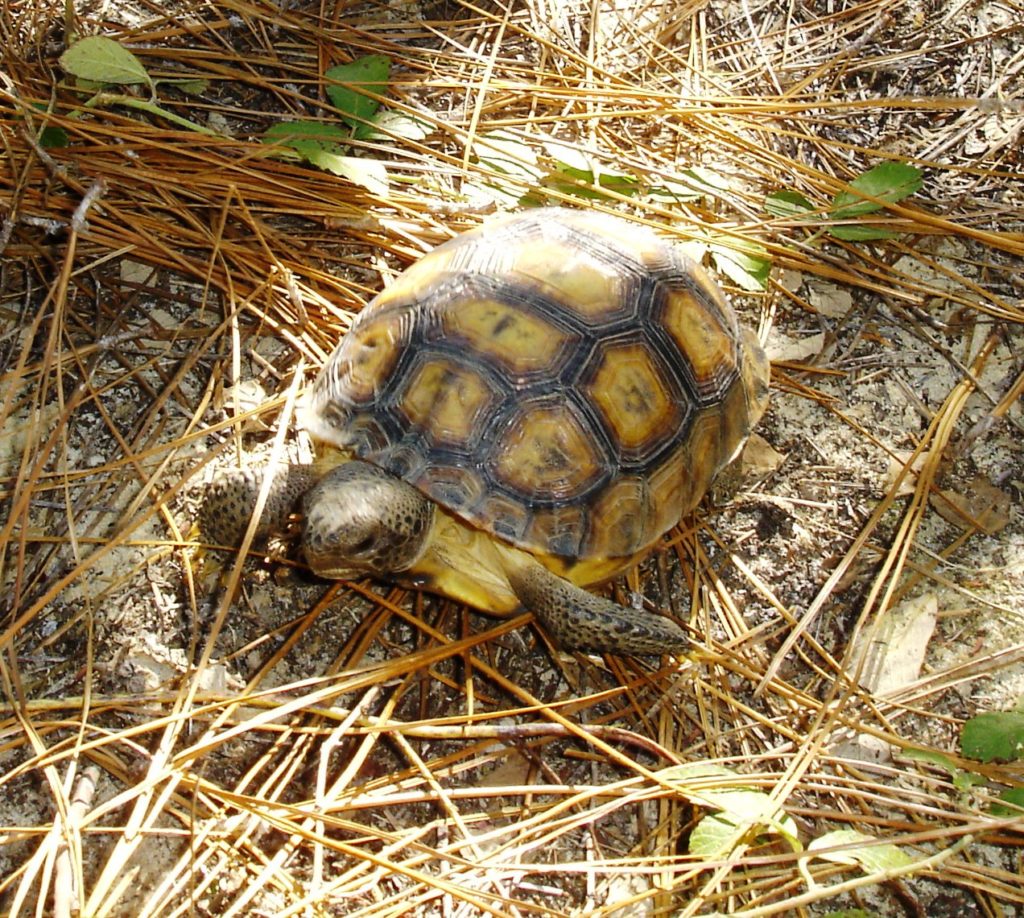
The same approach is proving useful for other longleaf-dependent species, such as the gopher tortoise and the Eastern indigo snake. Valenta explains: “Not all of these species are listed under the Endangered Species Act, but we’re not waiting for that to happen. Our vision is to work with private landowners and state and federal agencies by understanding their needs in the context of restoring endangered, threatened or at-risk species. For the gopher tortoise, landowners are stepping up to help manage the land to prevent the species from being listed.”
Cooperation from the Department of Defense
One of these landowners is none other than the Department of Defense. Like other federal agencies, the Department of Defense is subject to Section 7 of the Endangered Species Act, which requires federal agencies to work to conserve endangered and threatened species.
According to Ryan Orndorff, director of the Department’s Natural Resource program: “A number of Southern military installations have healthy populations of red-cockaded woodpeckers, gopher tortoises and other species that depend on these ecosystems. If that habitat continues to be lost outside of our installations and land protections are triggered under the Endangered Species Act, that would restrict our ability to use the land for training purposes.”
INRMPs (Integrated Natural Resource Management Plans) are why, on military installations such as Eglin Air Force Base in the Florida Panhandle, you’ll find thoughtful placement of military exercises, as well as a willingness to manage the land with frequent fire — approaches that preserve longleaf ecosystems.
“It’s a process that takes a significant amount of time and resources,” Orndorff says, “but if we can sustain conditions that prevent habitat losses and prevent the need for habitat restrictions, we can maintain flexibility of land use while supporting conservation efforts.”
It’s also an approach that gets to the heart of the Endangered Species Act, which was signed into law nearly 45 years ago. Spurred by the near-extinction of the bald eagle and the disappearance of the passenger pigeon, lawmakers sought to protect critically imperiled species and the ecosystems they depend upon from extinction as a “consequence of economic growth and development untempered by adequate concern and conservation.”
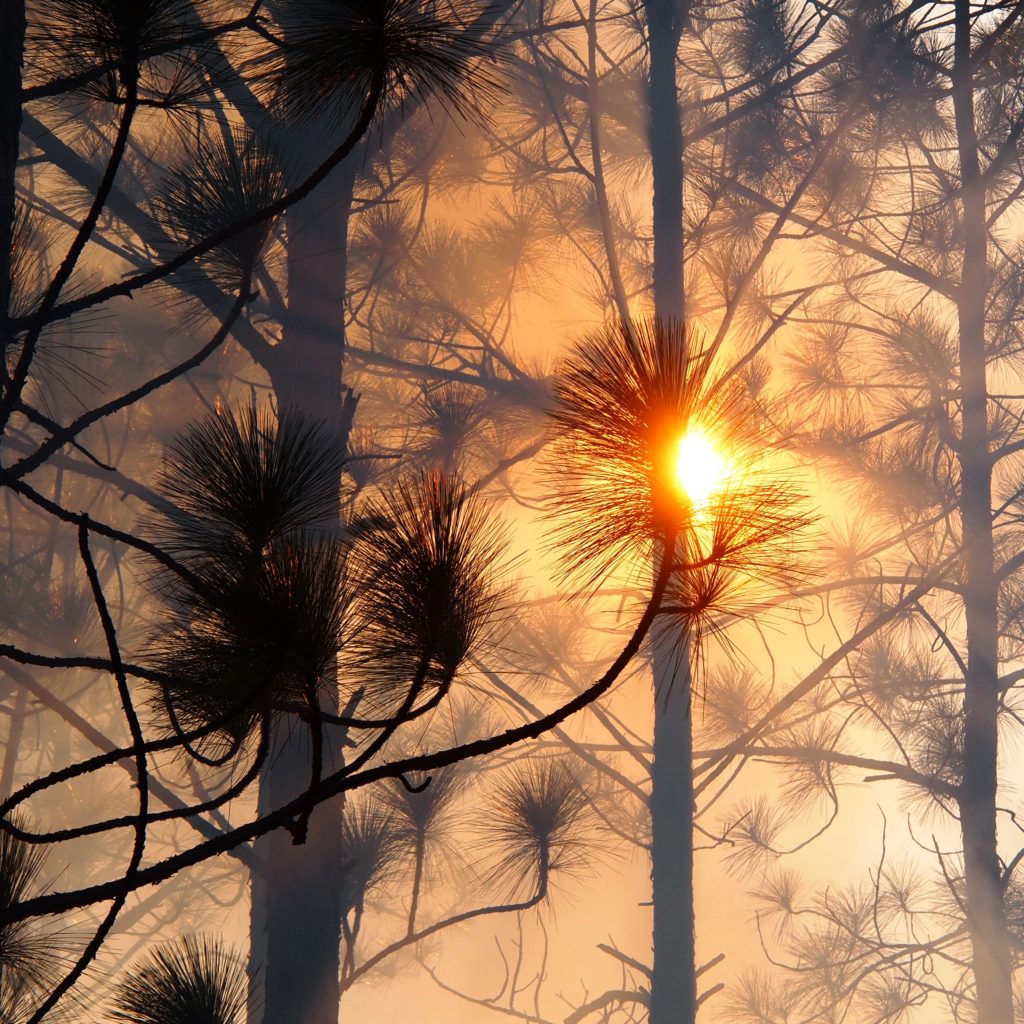
Funding Restoration Efforts: The Longleaf Stewardship Fund
The Department of Defense is one of several federal agencies and private companies that support the Longleaf Stewardship Fund, a partnership managed by the National Fish and Wildlife Foundation. According to Jon Scott, the foundation’s southern forests program director, the fund and related efforts have awarded more than $32 million in federal grants for longleaf restoration, which has leveraged an additional $78 million in non-federal grant matches and helped restore and enhance more than 1.5 million longleaf acres.
“We support a variety of longleaf-related efforts, including funding burn crews so landowners have access to trained and qualified experts,” Scott says.
The National Fish and Wildlife Foundation is also an important partner in bringing together a wide range of partners. Scott explains: “We were chartered by Congress, but we’re also an independent nonprofit agency. That means we can bring together a federal agency that’s complying with legal requirements and a company that’s interested in responsible, sustainable forest stewardship.”
When these groups cooperate, restoration funds can be used to help bridge the economic gap between harvesting longleaf pine and other southern pine species.
One such company is Resource Management Service, an Alabama-based timberland investment management organization that manages more than $4 billion in timberland and related assets. While the company is a for-profit business, it has a sustainability ethic that has endured for more than 60 years.
According to Jimmy Bullock, the company’s senior vice president for forest sustainability: “We’re working with several partners to establish and maintain a working longleaf forest and functional longleaf ecosystem called the Coastal Headwaters Forest in the Florida Panhandle and southern Alabama. It involves tens of thousands of acres and some pretty significant working forest conservation easements. I think it’s going to help change the notion of whether longleaf pine can be economically feasible for large private landowners.”
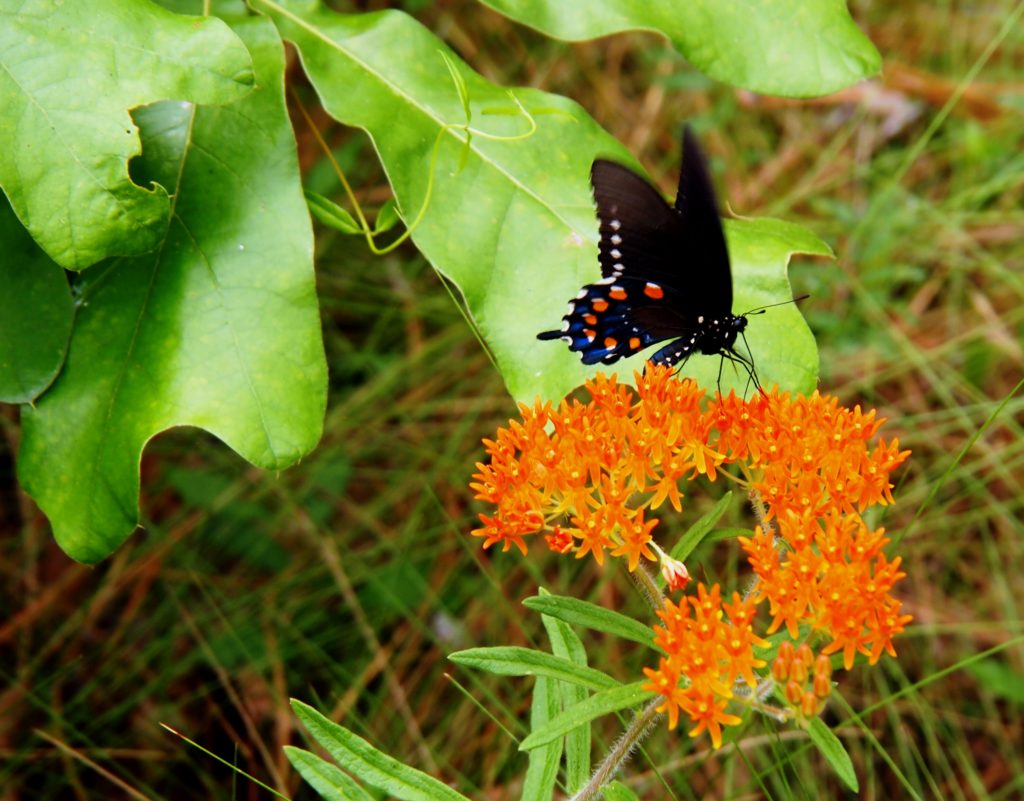
“The Most Successful Ecosystem Restoration Project on the Planet”
According to Ken Arney, acting regional forester of the Forest Service’s Southern Region: “It’s quite a success story, and I mean that in a collective sense, since a lot of agencies and groups have been involved. It’s evolved to be what The Nature Conservancy has described as the most successful ecosystem restoration project on the planet. I think we’ve made a lot of progress, even though we have a long way to go.”
While this initiative will transform parts of the South, the effort also has implications for landscape-wide ecosystem restoration efforts elsewhere. Arney says, “Our hope is that we can reach our goal of 8 million acres by 2025 while also demonstrating that this kind of effort can be replicated in other landscapes around the country.”
Looking back on more than 20 years of longleaf restoration efforts, Longleaf Alliance founder Rhett Johnson is also optimistic.
“Longleaf has a cultural and historic significance that people are learning and appreciating,” he says. “People are realizing that longleaf resoration is not just about hunting or timber. Some landowners are just excited about restoring this historic, iconic landscape.”
A longer version of this article was published in the October 2018 issue of The Longleaf Leader.
Brian Cooke is a science writer based out of Fort Collins, Colorado. He received a degree in journalism-science writing from Lehigh University. Brian’s writing and editing work has included assignments for several U.S. Forest Service divisions, the National Park Service and various environmental services companies. Additional information on Brian can be found at www.linkedin.com/in/bcooke1.
I have 80 acres in north Okaloosa County in FL. I’m surrounded on 3 sides by Blackwater State Forest. I would like to re-establish with long leaf pine but I have significant issues. I have a 15/16 acre stand of 20 y/o slash that I want to hang onto. The remaining property was clear cut in 2011-12 (bought the property early 2017). Since then volunteer slash has grown, plus invasive species. I can’t afford the heavy equipment clearing required. I would like to do my piece but I feel hogtied right now. Solutions?